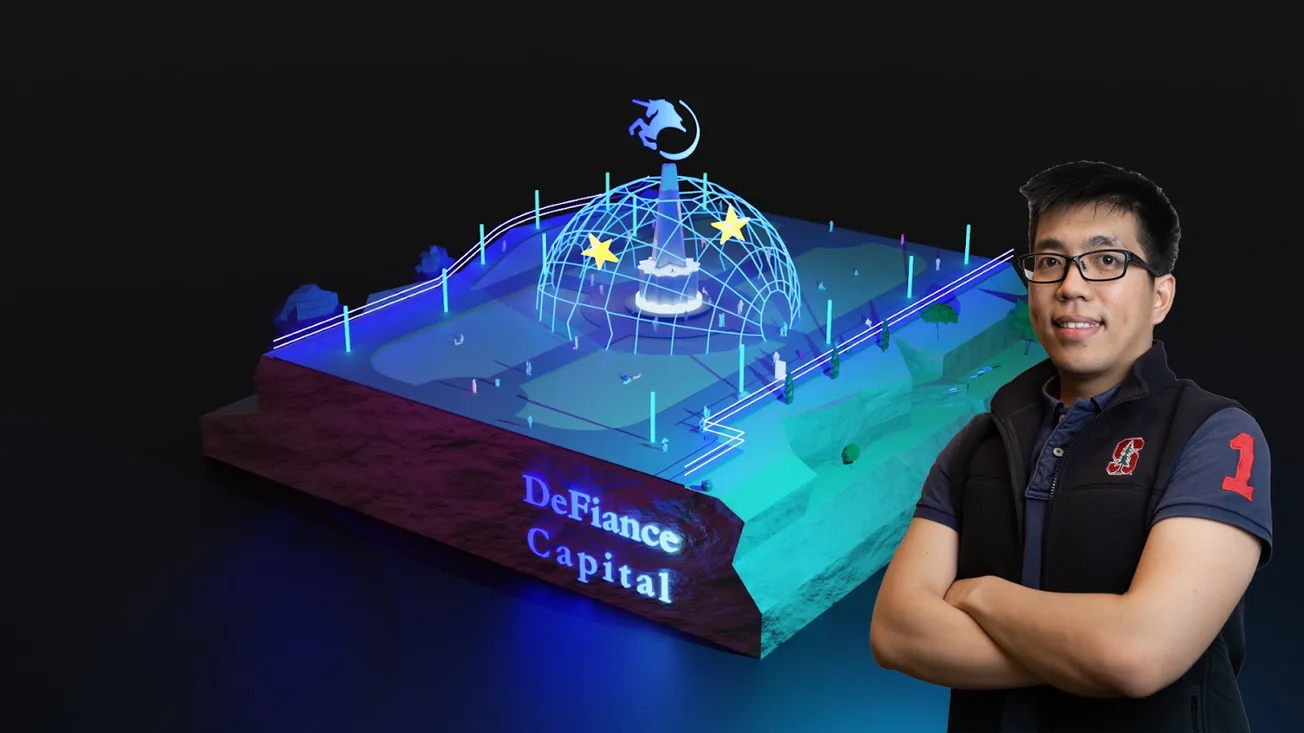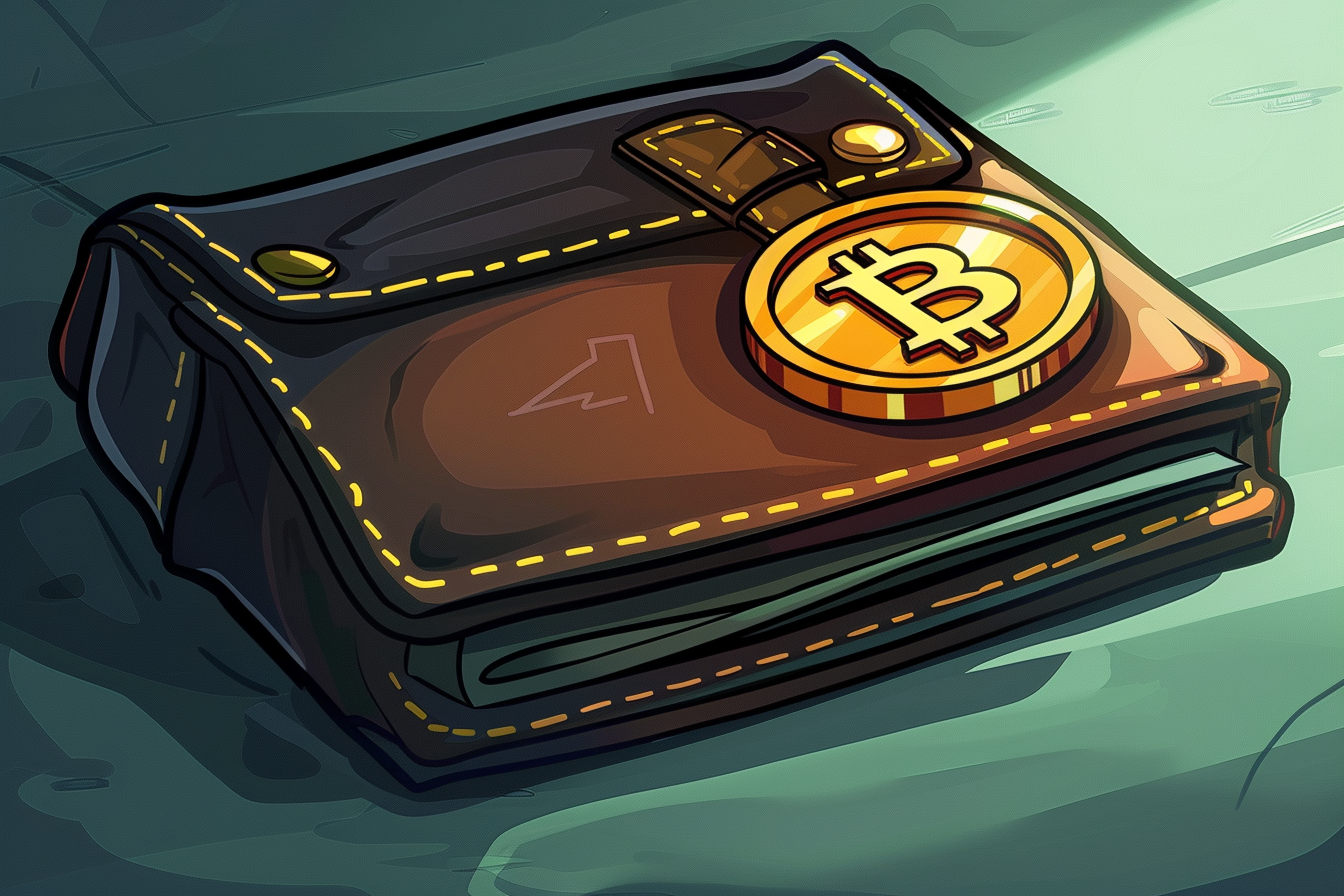Table of Contents
For crypto natives, DeFi offers a revolutionary overhaul to the financial system as we know it. Bringing financial independence and control to users in an equitable manner, DeFi’s potential in Web 3.0 is seemingly limitless.
However, the complexity behind DeFi’s mechanics has resulted in its adoption and appeal to be limited to crypto natives and/or the tech savvy. For the average consumer who’s flummoxed by simple mechanics implemented by TradFi such as 2FA (the author included), the convoluted world of DeFi feels inaccessible in its current form.
To iron out our concerns and dispel any misconceptions regarding DeFi, we sat down with DeFiance Capital founder and DeFi expert Arthur Cheong. The Singaporean entrepreneur, who was an early investor into Axie Infinity, fervently believes in the future of DeFi and has subsequently allocated most of DeFiance Capital’s funds into the space.
“We believe that decentralised finance is gonna revolutionise the entire financial space in the coming years,” Cheong said on behalf of DeFiance Capital, which operates as a venture capital fund but for crypto assets. “This is the mega thesis underpinning our investment.”
DeFi As An Exclusive Club
From the outside looking in, DeFi feels like an exclusive club that requires a high-level understanding of the crypto space. This barrier to entry manifests into a deterrent for the less-tech-savvy investor. Consequently, DeFi’s potential might be seen as jeopardised.
To this, Cheong concedes that the knowledge gap is certainly concerning moving forward but emphasises that DeFi is still in its infancy. “The entire concept only took off two years ago,” he says. “So we have a long way to go. In terms of adoption and ease of use, I think this will improve in the coming years.”
Cheong then pointed towards self custody wallets such as MetaMask. “One of the major problems when using Web 3.0 applications such as NFTs and DeFi is needing to use self custody wallets,” he explains.

“The key problem is writing down and storing the secret phrases, but we’ve already seen a lot of solutions including Taurus. This will make it a lot easier for existing internet users to onboard onto DeFi.”
Looking further ahead, Cheong says he expects “a lot more complex stuff will be extracted away.”
“We already see some teams trying to simplify DeFi by developing a simple front end for people to understand, and to give a key explanation of what other risks they’re taking,” he said. “Teams are helping people not have to jump over all the hurdles to participate. I expect it to improve further in the coming years.”
DeFi As A Not-So-Equitable System
In its current form, DeFi can be incredibly lucrative if you understand it and have deep pockets. Again, this is proving to alienate the average retail investor whose knowledge and funds are equally as limited.
However, Cheong sees this already playing out in traditional markets. “Historically, participants in the stock market are mostly limited to developing markets like Europe, the US and Southeast Asia,” he says.
“For most stocks, even right now, you can’t even buy a fraction of a stock either. For stocks with a price over $1000, the minimum ticket is huge as most brokers don’t offer fractionalisation. For DeFi and crypto, using blockchains with low transaction fees such as Solana, you can participate from as low as a few hundred dollars.”
“There are low risk options too like depositing into Aave earning interest rates ranging from 5%-10% annually. All of these things are actually quite equitable, because you don’t need to have a big pocket to participate.”
Cheong further highlights how DeFi is incredibly accessible. “The DeFi market is global in nature. As long as you have an internet connection you will be able to access unlike the existing traditional finance which is all gatekept by intermediary financial service providers.”
Protocols For The Privileged
DeFi’s lucrative nature comes from extraordinarily high APIs. Consequently, new DeFi protocols are popping up left, right and centre. Those with deep pockets are thereby jumping between these projects to make a quick buck, effectively thrusting the entire system into disrepute. Moving forward, users with questionable intentions could undermine the “safe haven” and “equitable” nature of DeFi.
“DeFi is a very free market right now, so it does attract a lot of opportunists into the space,” Cheong admits. However, Cheong also believes the space is fully aware of the issue and is considering ways to “tackle this going forward.”
For Cheong, filtering out users with ill-intent is the key to bolstering DeFi as a “safe haven.”
“This space has a certain ability to self-regulate in a way that egregious people or bad actors will be blacklisted,” he explains. “One misconception is that blockchain and crypto is a good tool to conduct illicit activities. They aren’t. The percentage of illicit flows in crypto is at an all-time-low.”
Cheong also pointed towards the DOJ arresting a couple for allegedly conspiring to launder US$4.5B of cryptocurrency during the 2016 Bitfinex hack, as well as the identity of the Ethereum Dao hacker being exposed as evidence that criminal behaviour is not tolerated in the crypto community.
“I think that [these stories] actually sends a very strong signal deterrence because it’s actually very easy to get caught using Blockchain to conduct illicit activities,” Cheong says.
DeFi’s Lack of Transparency
When we wrote about DeFi option vaults towards the end of last year, we expressed grave concern about its opaque nature. Without knowing how these vaults are calculating strike prices to create covered calls and puts, we felt DeFi option vaults conflict against a crucial element of blockchain: transparency.
Again, Cheong feels confident that the DeFi space is addressing these concerns. “The space is actually improving on documentation,” Cheong informs us. Using Friktion as an example, Cheong says platforms offering DeFi option vaults are providing more information behind their strategies.
“Friktion is a full stack portfolio management platform built on Solana,” he tells us. “Their key product now is their DeFi option vaults. They offer stablecoin based put strategies and crypto based covered call strategies. They have a very pretty comprehensive analytic page, and also documentation that explains how their bearish strategy is being the executed.”
Cheong also says that the community behind these projects is approachable and responsive. “Generally if you jump into their Discord and ask some questions, most of the team are very responsive to the questions being presented.”

Cheong also regards traditional finance as being too opaque at times too. “In traditional finance, when you reach the next level of privileged banking, you can start to access similar products such as a combination of calls and probably selling some puts as well. You know the strike price and whatever but you actually do not know the actual margin,” Cheong critiques.
“Friends in that space will tell you that wealth managers have always been pushing such products because usually these are the most profitable products for them to promote, but at least in crypto you see the price being striked and what the protocol is actually paying compared to the market. All of these are very transparent.”
Defining Regulation in DeFi
DeFi’s name alone (Decentralised Finance) not-so-subtly hints towards a lack of central authority behind its structure. Its appeal lies in being free from central monetary bodies and handing financial independence back to the user. But without regulation, DeFi runs the risk of becoming the wild west of finance. After all, we’ve all read Lord of the Flies.
“I think that most people are actually okay with channels between crypto and fiat being subjected to regulation right now,” Cheong says. “Right now, there might not be very clear regulation, because it’s also very hard for the regulator to have a sufficient understanding.”
For Cheong, the answer lies somewhere in between. “Even in DeFi I believe there can be some level of intermediate regulation between full regulation in traditional finance or a softer approach.”
“One of the proposals by SEC Commissioner Hester Peirce suggested a safe harbour for ICOs, you have two years to get things done in a proper way. Then you can proceed to achieving a regulated status. This is an example of sensible regulation.”
DeFi’s Concerns About DeFi
Looking ahead, Cheong is most concerned about unclear regulation. “Some US regulators want to make the case that a lot of the services offered by DeFi should be regulated under the existing regulatory regime, and some of the tokens are actually securities as well,” Cheong says. “This is causing uncertainty in the space,”
“I think the other biggest challenge is like how to stamp out the actors and so that when most users get started, they’re actually starting with a good experience,” Cheong continues.
“They need to be directly onboarded and directed to the right platform instead of falling for rug pulls and higher risk scams, which would give them a bad first impression.”
However, Cheong remains optimistic and bullish about DeFi, “In terms of mass adoption, I think we might see more collaboration between fintech providers and DeFi. I think some FinTech providers might be able to integrate DeFi into the backend and offer the services to their existing user base. A lot of DeFi products are a lot more competitive compared to what users can get on the existing financial market. This is a broader trend and I’m very excited.”









